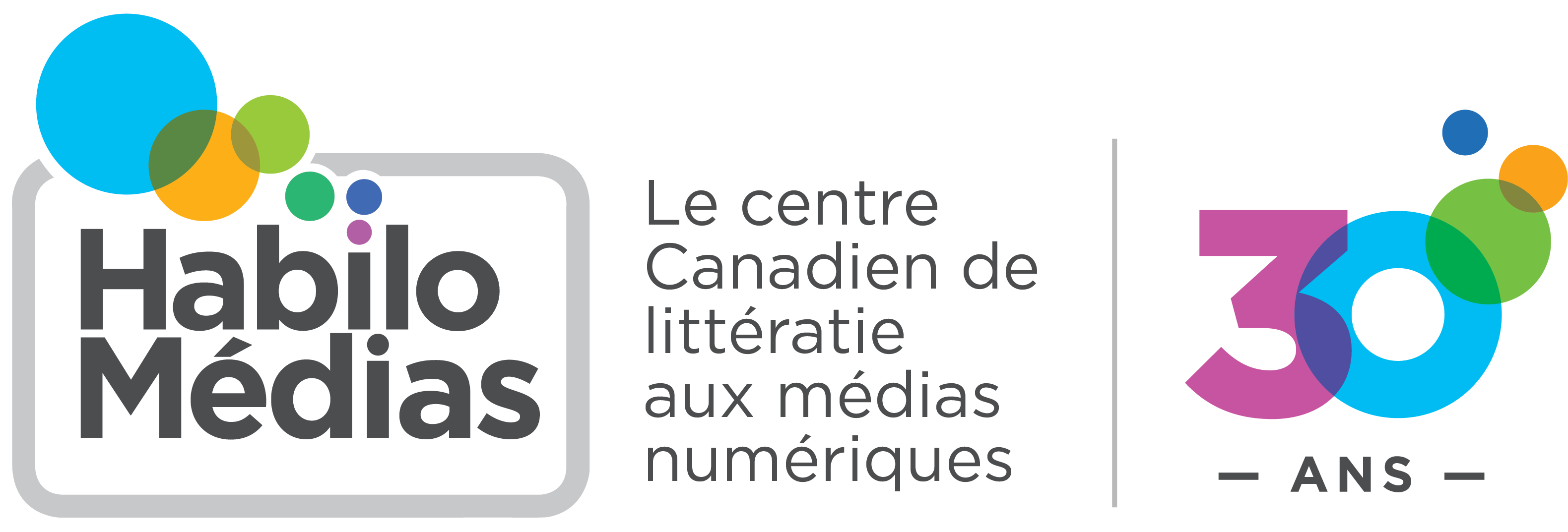Quebec Competencies Chart - Mirror Image
Author: Nova Scotia Department of Health
Level: Cycle Three
Subject Area : English Language Arts, Personal Development
Lesson Link: Mirror Image
Description : In this lesson, students analyze their own body image and consider what they wish they could change. They discuss how smoking relates to body image, particularly for young women, and learn about the link between beauty and smoking.
Cross-curricular Competencies
- To use information
- To solve problems
- To exercise critical judgement
- To be creative
- To use effective work methods
Broad Areas of Learning
- Health and Well-Being
- Media Literacy
This lesson satisfies the following English Language Arts Competencies from the Quebec Education Program:
Competency 1: To Read and Listen to Literary, Popular and Information-Based Texts
Essential Knowledges:
- Uses prior knowledge and personal experience of the content of a text
- Questions and talk with others to clarify and enrich interpretations
- Makes predictions, confirmations and inferences, when prompted by the teacher
- Makes connections to prior knowledge or to other texts
- Reads, listens to and views a range of self-selected and personally relevant texts that include:
- Use of personal, social and cultural background and experiences to interpret texts
- Develops a personal response process in the context of a community of readers through:
- Discussion of responses with others individually, on small groups and in the whole class
- Recount of the story and, with guidance, outline of information in a text
- Development of opinions on literary or popular texts
- Sharing of responses with others to clarify meaning and enrich interpretation
- Comparing own responses with those of others at a beginner's level
- Discussing own response process at a beginner's level
- Moves beyond the initial response through:
- Early attempts to explain own views of a text
- Support for own views with references to the text in small and large group discussions
- Discussions of structures and features of text and their impact on the reader
- Discussion of the structures and features of a text and their influence on the meaning of a text
- Sees a text as a construction through:
- Understands the influence of familiar structures and features on the meaning of text through:
- Identification of some structures and features of familiar text types
- Begins to identify the view of the world presented in a text through:
- Making of inferences, when prompted, about the view of the world presented by the text
- Discussions, with guidance, of whose voices are heard and whose are missing in a text
- Recognizes self as a member of a reading audience
Competency 3: To Represent Her/His Literacy in Different Media
Essential Knowledges:
- Uses a repertoire of strategies to unlock messages/meanings in various media texts:
- Use own questions in order to predict and confirm
- Draw on prior experience with familiar media texts to understand how they are constructed
- Rereads/looks again in order to clarify and extend understanding of a text
- Uses structures and features of texts:
- Compare structures and features of familiar media texts
- Uses visual texts to communicate information in group productions of media texts
- Uses familiar structures and features to respond to and produce media texts
- Applies her/his understanding of the structures and features of a range of familiar (media) texts to unlock their messages/meanings
- Makes meaning of a media text by:
- brainstorming
- drawing on prior knowledge
- sharing responses with peers
- making connections to own experiences
- returning to text
- considering some of the functions of different, familiar media in relation to her/his understanding of the messages/meanings of a text
- Consider some of the functions of the media through:
- Collaboration with peers in pairs, small groups and whole class to clarify, decode and respond to media
- Understands that texts are social and cultural products through:
- Own response and responses of others:
- Compares own response with those of peers in order to support and enrich own understanding
- Investigates, with teacher's guidance, how different media text types construct reality for us
- Explores how the structures and features of texts shape meaning for audience
- Own response and responses of others:
Competency 4: To Use Language to Communicate and Learn
Essential Knowledges:
- Shares information with peers and teacher
- Talks about responses and point of view with peers and teacher
- Asks and answers questions from peers and teacher
- Responds to the ideas and points of view of others with sensitivity and interest
- Talks through new ideas and information
- Listens critically
